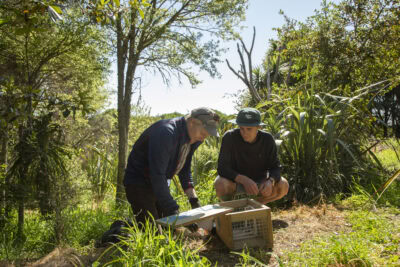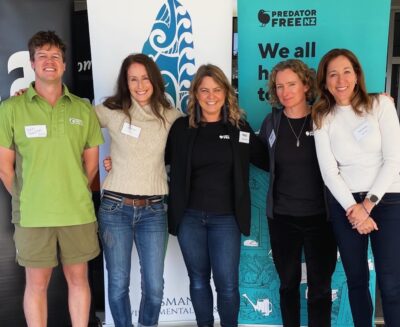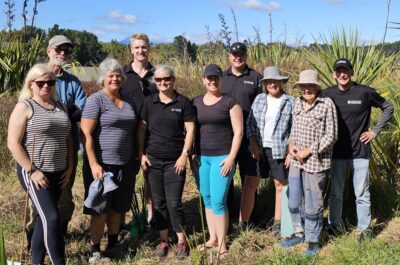Last year Rotary celebrated its hundredth year of activity in the Nelson Tasman region. Having already spent a number of years supporting the Battle for the Banded Rail project, club members thought it would be a good idea to double down on their conservation efforts, using the project to mark the occasion with a grand gesture.
Supported by Tasman Environmental Trust, Battle for the Banded Rail was established in 2015, with the aim of restoring plant and birdlife to the Waimeha/Waimea Inlet with help from local communities.
To date, volunteers have planted over 70,000 native plants to the area and have introduced a network of 1,000 traps covering a 50km area in the estuary.
When Rotary were looking for a project to celebrate their centenary last year, the choice was obvious.
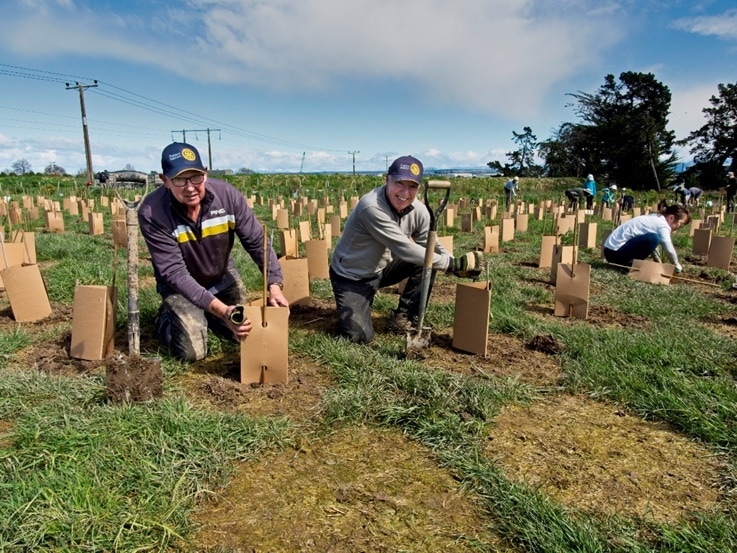
Finding the right fit
‘It was a good fit for us,’ explains Richmond Rotary Chairperson for Community Projects Kevin Gear. ‘Rotary International has a strong desire to get involved in environmental projects,’ he explains. ‘We were looking around for something to fit the bill and Battle for the Banded Rail was perfect. Teaming up with the project has allowed us to make a significant impact and see results quite quickly.’
‘Supporting the project was a safe bet. With Tasman Environmental Trust behind them, we knew they could deliver, so getting involved was a really easy decision for us.’
Kevin Gear
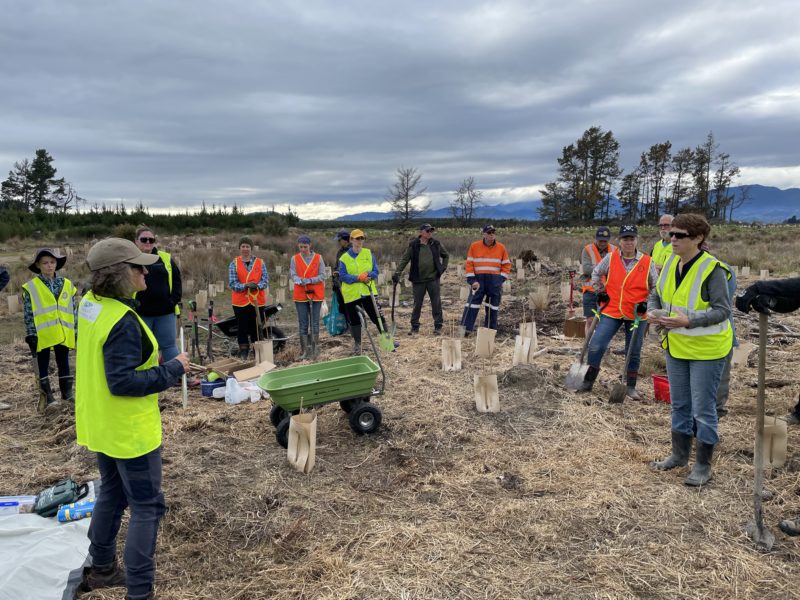
In addition to the moho pererū (banded rail), the Waimea Inlet is an important habitat for other coastal birds such as the kuaka (bar-tailed godwit), kōtuku (white heron), kōtuku ngutupapa (royal spoonbill), matuku hūrepo (Australasian bittern), koitareke (marsh crake) and mātātā (fernbird). Human activity has taken its toll on the estuary margins, with significant degradation and plant loss leading to a decrease in bird populations.
Strengthening bonds
The club became involved in Battle for the Banded Rail around three years ago, after a member brought it to the board’s attention, suggesting it might be a good project to get behind. Since then, Kevin estimates that Rotary members have introduced at least 10,000 native plants to the estuary.
Over time, the bonds between the two entities have strengthened. ‘We try to have regular involvement,’ says Kevin, explaining that the group aim to meet at least once a month to work on the estuary. ‘We’ve also formed a relationship with Salisbury School, who are helping to repot native seedlings for use in the project.’
‘We turn up on the day to find the plants all ready to go, we are told what we’re planting and where, and we get to work!’
Kevin Gear
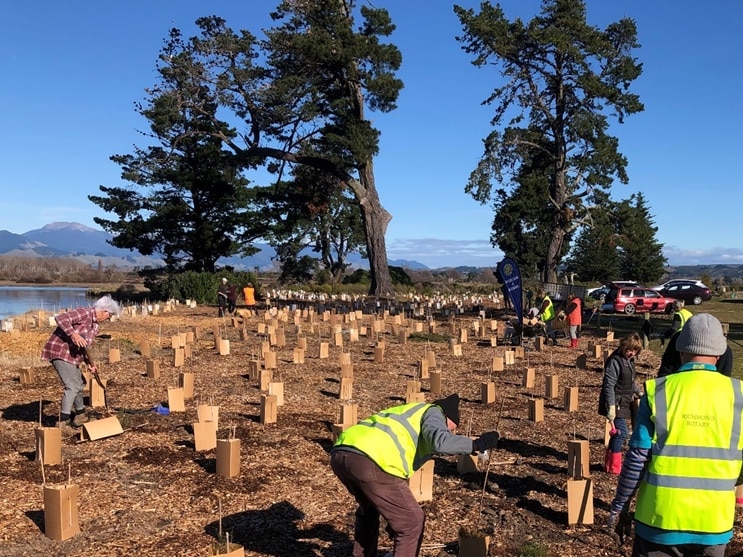
A productive day
For the centenary itself, Rotarians turned out in spades, also bringing their spades for a mammoth planting drive! ‘We had 50 members from both Nelson West and Richmond Rotary on the day,’ says Kevin. We’re pretty happy with that result as you can imagine, and extremely grateful to TET who went out of their way to make it happen. They provided the plants and the direction, and the tea and biscuits also helped!’
‘By the end of the session, we’d managed to get 900 plants in the ground’
Kevin Gear
President of Nelson West Rotary Club Charles Lambert was similarly enthusiastic about the project, feeling that not only did it give back to nature, it also formed new alliances between the two clubs. ‘It’s such a great social activity,’ says Charles, who’d just as soon make friends over a plant than a pint.
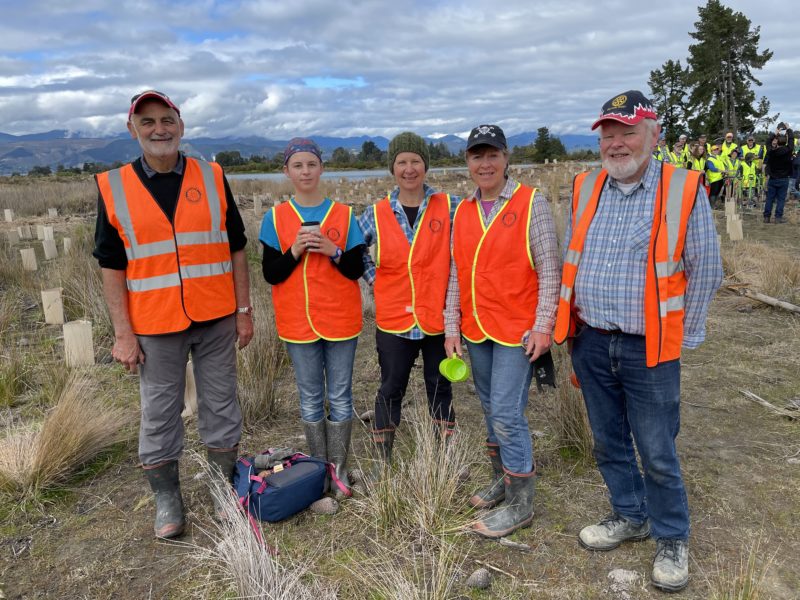
‘Being involved with Battle for the Banded Rail has really brought us all together. ‘We’re learning more about each other and what other projects Rotarians are involved with’
Charles Lambert
‘People can invite friends, or members of other clubs, and it’s a great way for families to spend quality time together.’ As volunteers, he feels they’ve been kept informed and supported every step of the way. ‘Every time we attend a planting session, we’re given run down on the project’s overall progress and last month, Project Coordinator Kathryn Brownlie came and gave a 30 minute presentation to the club.’
Bringing back the birdsong
Charles says the improvements they’ve made to the estuary are clear to see. ‘When we look at the before and after pictures we can see how far we’ve come. With so many more plants we’re seeing and hearing a lot more birdlife in the area. It’s noisy now!’

